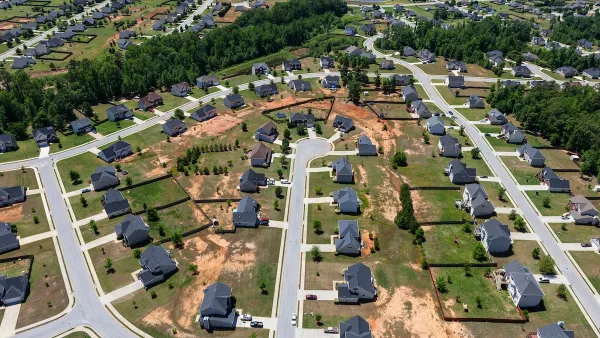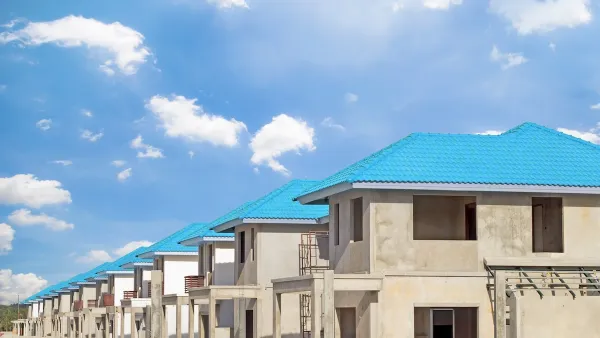The movement to legalize single-stair multi-story buildings is gathering momentum, with the typology offering a more efficient, flexible, and healthy way to build housing.

According to Julian Frost, writing in Greater Greater Washington, “The movement for single-stair reform may be reaching a critical mass of momentum and support in the US.”
Frost assesses the bills proposed in the D.C. region and how they might advance in 2025. In Frost’s view, “Single-stair reform would make small-lot infill development more feasible, and allow for generous, flexible, and well-ventilated apartment layouts.”
However, many global cities safely use single-stair buildings, which save space and make different layouts possible. “The legalization of six-story single-stair buildings would bring into play small infill lots that are currently infeasible to develop due to the geometrical constraints of the double-egress rule.” Single-stair buildings make it possible to give apartments windows on both sides of a unit, improving the health and mental well-being of residents.
The typology isn’t entirely absent in the United States, Frost notes, pointing out examples in Seattle and Brooklyn. But most U.S. building codes have called for multiple stairwells in taller multifamily buildings for decades, citing safety concerns. Now, bills to legalize single-stair buildings are being introduced at both local and state levels in dozens of jurisdictions including Maryland.
FULL STORY: How single-stair apartment reforms could advance across the region this year

National Parks Layoffs Will Cause Communities to Lose Billions
Thousands of essential park workers were laid off this week, just before the busy spring break season.

Retro-silient?: America’s First “Eco-burb,” The Woodlands Turns 50
A master-planned community north of Houston offers lessons on green infrastructure and resilient design, but falls short of its founder’s lofty affordability and walkability goals.

Delivering for America Plan Will Downgrade Mail Service in at Least 49.5 Percent of Zip Codes
Republican and Democrat lawmakers criticize the plan for its disproportionate negative impact on rural communities.

Test News Post 1
This is a summary

Test News Headline 46
Test for the image on the front page.

Balancing Bombs and Butterflies: How the National Guard Protects a Rare Species
The National Guard at Fort Indiantown Gap uses GIS technology and land management strategies to balance military training with conservation efforts, ensuring the survival of the rare eastern regal fritillary butterfly.
Urban Design for Planners 1: Software Tools
This six-course series explores essential urban design concepts using open source software and equips planners with the tools they need to participate fully in the urban design process.
Planning for Universal Design
Learn the tools for implementing Universal Design in planning regulations.
EMC Planning Group, Inc.
Planetizen
Planetizen
Mpact (formerly Rail~Volution)
Great Falls Development Authority, Inc.
HUDs Office of Policy Development and Research
NYU Wagner Graduate School of Public Service





























